Article
-
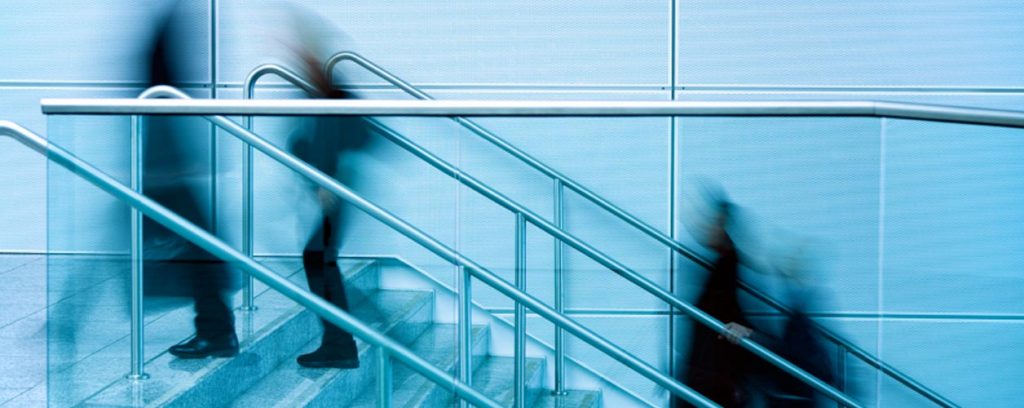
Five crimes which damage your online brand
May 9, 2018How your company is represented online impacts on the perception of your brand. Here are five fundamental online 'crimes' which can damage your brand. -

Five minutes with the ACBC
December 1, 2017Five minutes with The Australia China Business Council (ACBC).
Acknowledgement to the NSW branch for presenting this Member Spotlight. Tell us about your business and how you've leveraged your Australia-China connections to build your success in China? Even before living in Hong Kong throughout the nineties, I had a strong interest in China and first visited in 1986. Since then I have worked for large privately owned Chinese enterprises and foreign owned manufacturers in China, as well as banks, energy and hospitality brands. Recently I lived in Shanghai for four months while working as Creative Director on a major capital-raising project. The benefits of membership of the ACBC (and for expats: AustCham chapters in Beijing, Hong Kong & Macau, and Shanghai), are the opportunities to attain current expert insights into business, finance, governmental and legal aspects of bilateral trade; and networking with other individuals working in Australia and China. My approach has always been to develop close personal connections and offer introductions when I see opportunities for companies to mutually benefit. While the foundation of 'guanxi' has always been personal shared experience and trust, communication can now be almost instant, through the platforms of LinkedIn and WeChat. What does a typical day look like for you and what are you currently working on? Throughout the last 21 years at Digital Tsunami, there has never been a 'typical' day! (laughs). Because I am an old-school generalist exploiting cutting-edge specialist technology for clients across extensive sectors and around the globe, no day is the same. The company philosophy has always been agile and agnostic, in order to ensure that we meet the specific marketing objectives of our client with the most effective and evocative tools available. Today I am preparing a digital presentation to a South American government for a Chinese modular home fabricator; copywriting for a five-star hotel in Beijing; preparing for video production for an Australian defence contractor; and planning to launch a new identity for a global logistics brand. What would you say are the five key elements for starting and running a successful business in/with China?- Connections
- Flexibility
- Competence
- Persistence
- Commitment
- aerials of manufacturing and energy generation facilities
- brand style guides
- branded USB sticks, embedded with video content
- computer animation and virtual reality
- copywriting
- HD time lapse sequences
- identity development and brand animations
- infographics
- photography
- premiums
- print collaterals from a double page press ad to a 248 pp hardbound book
- responsive websites
- television commercials for consumer products
- videos for American, Chinese, German, Japanese and Swiss manufacturing plants
-

Road Warrior travel tips
June 22, 2017The writing of this article was commenced in a hotel room, continued in an airport lounge and completed at 39,000 feet on a trans-Pacific flight. It contains tips for combatting jet-lag, stress and DVT. There are hacks for getting thru immigration, airports and cities faster. There are clues on what to pack and how to pack it. There are insights into options for payments with cards or cash; what to wear and drink inflight; and how to maximise the benefits of your loyalty to an airline or hotel chain. We all have priorities when travelling. It may be luxury (or even extravagance), as an antidote to the mundane, or simply as an expectation in a life well lived. For others it is frugality; in order to spend more time travelling and absorbing memorable experiences. For those of us for whom travel in an aluminium tube is a professional and frequent necessity, the highest priorities may be comfort and speed. For me, flexibility is critical; but reduced stress and increased time are my highest priorities. Recently, I travelled through four countries in one week. However, over several weeks in Aug-Sep 2016, my itinerary comprised: 18 flights 14 hotel rooms 12 airport terminals 6 intercontinental flights 4 hemispheres (North, South, East and West!) 3 continents (2 visits each) 2 carry on bags 1 international driver's permit travelling through a literal A-Z of airports:- Auckland
- Brisbane
- Hong Kong
- Los Angeles
- Melbourne
- Reno
- San Francisco
- Shanghai
- Sydney
- Xi'an
- Yinchuan
- Zhuhai
-
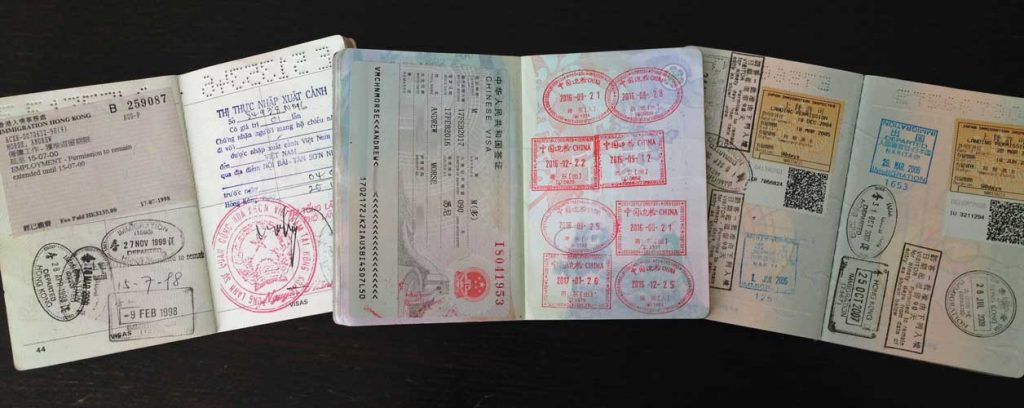
The Itinerant Itinerary
June 22, 2017(Frequent Flyer, part 1 of 6. Logistics) Ticketing 1 .. If not already a member of a frequent flyer program, join one or more:- OneWorld (BA, CX, QF +)
- Skyteam (AF, DL, KL +)
- Star Alliance (SQ, TG, UA +)
- Does the airline / hotel offer a chauffeur-driven car service?
- Does the hotel offer a dedicated shuttle bus?
- Can you book an airport shuttle (train / coach) in advance?
- Does the timetable suit your itinerary?
- Compare hire car / airport Express train / airport shuttle bus / taxi
-
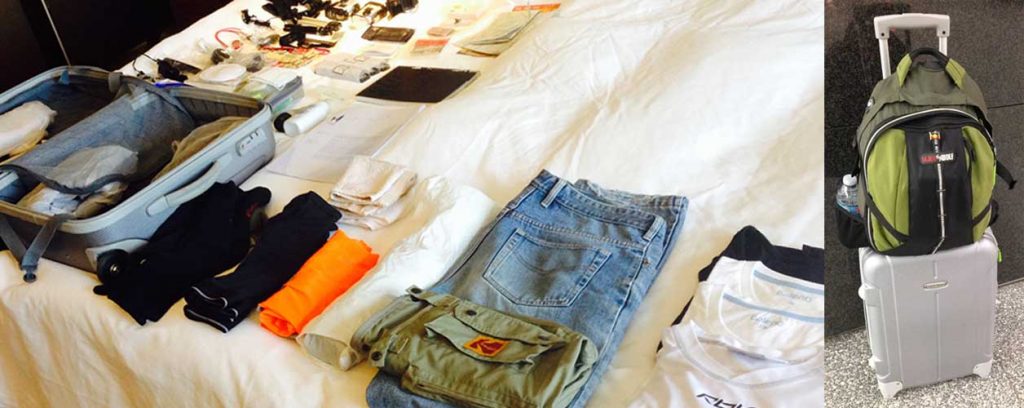
The Vacuum Pack
June 22, 2017(Frequent Flyer, part 2 of 6. In preparation) Documentation 28 .. If you intend to drive whilst abroad, apply for an International Driver's Permit (check countries of validity, as this is not accepted universally) 29 .. Print and bring spare passport photos (for any additional identification cards or applications) 30 .. Scan and print a copy of your (photo) passport page, special visa pages, your credit cards, accounts, insurances, and itinerary (including hotel phone numbers) and carry separately from your passport, so in case of emergency, you have all the relevant information on hand 31 .. Duplicate documents should be stored in two bags, so if laptop, phone or even one bag is stolen or lost, you will still have a copy of this important data 32 .. Leave a printed copy with a trusted staff member, relative or friend in your home country Finance 33 .. Carry a credit card which is commonly accepted in the countries you will frequent: AmEx, MasterCard and Visa (USA) / JCB (Japan) / UnionPay (China) 34 .. Use a credit card with a microchip which requires a PIN 35 .. A bank card in the Global Plus network can be used worldwide to withdraw cash from any ATM with the Global Plus symbol 36 .. Notify your bank and credit card issuer of the countries to which you will be travelling, without reducing any fraud detection protocols 37 .. Use a credit card which earns frequent flyer points 38 .. Use a business credit card and/or keep receipts of all items eligible for reimbursement or tax assessment as legitimate travel expenses. One or more zip-lock bags are useful for collating these 39 .. Buy a RFID scan blocker and put it in between your credit cards, to mitigate against electronic pickpockets skimming your card in busy places. The frugal traveller may use aluminium foil instead 40 .. In many countries, cash is acceptable for most transactions. To acquire cash from your bank before leaving, allow sufficient time to prepare the amount of foreign currency you will need. This will often deliver a better rate of exchange than an airport Bureau de Change 41 .. If carrying large amounts of cash, a concealed money belt is advisable. Separate currencies (and your local travel proximity cards) in small transparent zip-lock bags 42 .. To calculate exchange rates between an extensive range of currencies, use a online site or app, such as: universal currency converter baggage 43 .. In order to avoid time-consuming carousels and the potential for lost luggage, I prefer carry-on baggage only. Check your ticket/s for maximum carry on items, dimensions and weight It is possible to travel for extended periods like this. I recently spent several months in winter and summer cities across three continents, with just a cabin-compliant case and small backpack 44 .. To avoid excess baggage fees, weigh all check-in items 45 .. Make your baggage easily identifiable with a unique and not easily removed item (e.g. green zipper pull tags) 46 .. A waist pack is useful for carrying small items which you may want accessible in your aircraft seat. (e.g. eyeshades, earplugs, money, lip balm, moisturising spray, hand sanitizer, mints, tissues, toothbrush, toothpaste, passport, pen, pre-completed arrival card, inflatable neck pillow, if required) 47 .. Consider what computer device you will require on your trip: a tablet with keyboard or laptop A 13" MacBook Air laptop is an ideal size, as it fits on an aircraft tray table and in a hotel room safe 48 .. If using any cameras using lithium batteries, place in a transparent plastic zip-lock bag and top pack or place in an external pocket, so that they can be easily removed for X-Ray scanning 49 .. If concerned about potential confidential data loss, consider a secure data drive, like the Datashur secure memory stick (which has high security measures, if hackers attempt to unlock it) 50 .. Unless staying longer than a few days in one country, arrange data roaming with your cellphone carrier Apparel 51 .. Download and check weather apps for your destination/s and select suitable clothing for your planned activities 52 .. The frequent traveller may select colour coordinated garments for greatest flexibility (Note: layers allow flexibility, and black IS the new black!)- overcoat, scarf, woollen headwear (if travelling through cold climates)
- gloves (to use handheld devices in freezing weather, purchase gloves with touch-sensitive fingertips)
- formal jacket and a casual water resistant jacket with zip-out fleece lining
- lightweight long layer thermal garments (adventure stores are best for ultra-lightweight garments, as by necessity, climbers are exceptionally weight sensitive)
- Pashmina wraps provide businesswomen with lightweight warmth and colour variation
- 2 pairs of slip on / easy tie shoes (some airport security scans still require shoe removal)
- 3 sets of underwear
- 1 non-metal belt (to eliminate the need to remove for X-Ray scanning)
- swimsuit / gym gear
- vacuum packs (in which you place clothing and squeeze out air) to reduce volume
- rolling multiple garments or single items to maximise the use of space within a suitcase
-
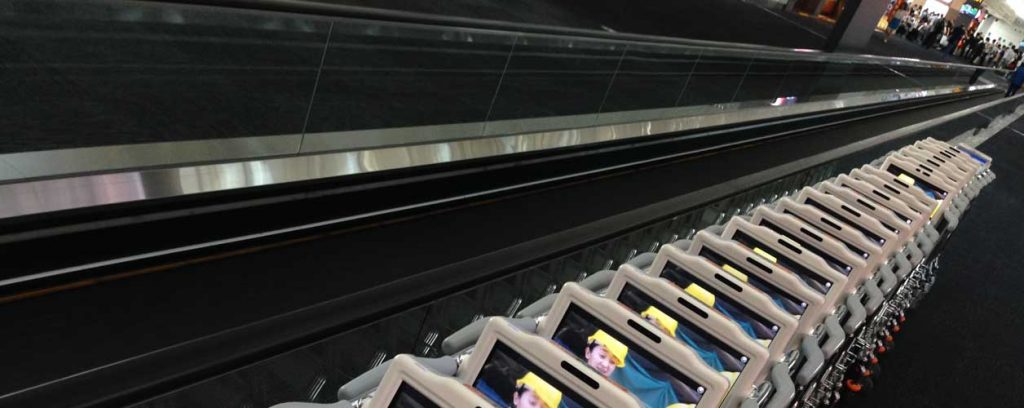
The Nearly Terminal
June 22, 2017(Frequent Flyer, part 3 of 6. On departure) Prior to boarding 57 .. Ensure that you are carrying a return ticket, as some countries (including Australia) will not permit departure by a citizen without a return ticket 58 .. Take advantage of the online check-in which is available at least 48 hours before departure. Subject to the airline and ticket class, it may be a part of the ticket booking process 59 .. Book your seat allocation in advance. A great resource for determining details of seats on any flight, seatguru.com indicates orientation of first class capsule, legroom, exit rows, and more 60 .. If you sleep on your right side at home, select a window seat on the right side of the plane. When travelling on long flights in Economy class, selection of a window seat will ensure that adjacent passengers will not disturb you when leaving their seat 61 .. If you advance order your in-flight meals, you can ensure that you know what you will be eating and (if travelling economy class) receive your meal early, irrespective of seat position. This enables you to eat early and sleep early 62 .. In the airline lounge, take advantage of the lounge facilities to shower, enjoy a seated massage, eat at a regular mealtime, and prepare 63 .. To avoid constricting blood circulation, avoid greasy foods in the airport terminal. To avoid bloating, avoid bok choy, broccoli, brussels sprouts, cabbage, cauliflower and cress, as well as sugar-free gum, containing artificial sweeteners which the human body processes with difficulty 64 .. Prior to the flight, change into loose-fitting clothes that breathe. Wear compression socks to reduce the risk of DVT 65 .. Slip-on shoes are preferable, both for the US airports which still require you to remove them, and for easing compression on your feet, once onboard 66 .. Light exercise before boarding, will help you sleep during the flight. Where possible, use stairs and walk to the gate rather than using lifts and travelators 67 .. Limit alcohol and drink a fruit smoothie or vegetable juice 68 .. If the airline on which you will travel has an entertainment app, download it. This will allow you to use your own handheld device to control or watch and listen to the airline's entertainment channels 69 .. Before you depart, (if you have not already done so) download a VPN to your laptop / tablet / phablet and/or smartphone 70 .. Charge batteries for all devices required in flight or immediately on arrival and ensure that power cables are easily accessible. Some aircraft offer inflight charging via power outlet or USB socket 71 .. Empty any drink bottles. Many airports have airside water refilling facilities, so that you can have ensure that you have plenty of hydration in the air. If not, pick up bottles of water in a business lounge or an airside store. Some countries do not allow even airside bottles onboard 72 .. Utilise the 24 hour clock. Zero hundred hours to 23:59. Most flight times are displayed in 24 hour format (it's simple math!) 73 .. For clear, rapid verbal communication of your name, flight identity, etc., the International Civil Aviation Organization (ICAO) aka military alphabet is most efficient. Say once, no need to repeat: Alpha, Bravo, Charlie, Delta, Echo, Foxtrot, Golf, Hotel, India, Juliett, Kilo, Lima, Mike, November, Oscar, Papa, Quebec, Romeo, Sierra, Tango, Uniform, Victor, Whiskey, X-ray, Yankee, Zulu 74 .. Source a map of pick up points and confirm a precise location for any meeting points .. continue to part 4 "The Itinerant Itinerary" (Frequent Flyer, part 1 of 6. Logistics) "The Vacuum Pack" (Frequent Flyer, part 2 of 6. In preparation) "The Nearly Terminal" (Frequent Flyer, part 3 of 6. Before departure) "The Forty Hour Wednesday" (Frequent Flyer, part 4 of 6. In the air) "A Degree in Airports" (Frequent Flyer, part 5 of 6. Upon arrival) "The Dust of Two Deserts" (Frequent Flyer, part 6 of 6. In transit) -
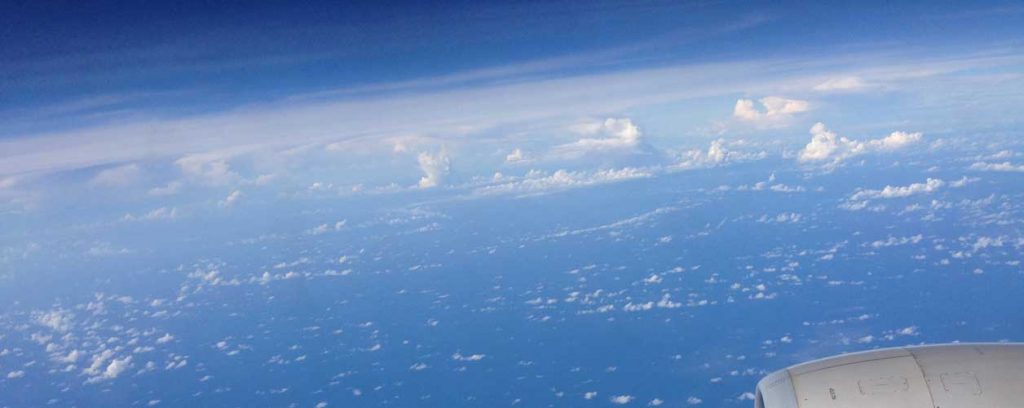
The Forty Hour Wednesday
June 22, 2017(Frequent Flyer, part 4 of 6. In the air) While some airlines are gradually refining onboard lighting, temperature, food & drink on long-haul flights to accommodate pax biorhythms, your comfort is best achieved by your own initiative. On-board 75 .. You may be travelling on a range of aircraft. No matter if you have already made two immediately preceding flights, read the safety card. An air crash survivor has stated that reading the card and having the instructions clear in his head, helped him survive .. when others did not 76 .. I always feel below / beside my seat, to find the tab pull for the life jacket, to give my body muscle memory as to where I will reach, should the need arise. A flight attendant recently told me that sometimes on occasion a life jacket may have been removed. I would prefer to make a check .. than make an assumption 77 .. Select flight mode on handheld devices, before turning off 78 .. Before takeoff, ask a flight attendant for a second blanket (airlines are always weight sensitive and one blanket may not be just quite warm enough at 40,000’) 79 .. Since cabin crew refer to the passenger manifest and often call me by name, I like to return the courtesy. As cabin crew on most airlines wear name tags, it is easy to read and address the person by name when asking for assistance or thanking them 80 .. Stow your luggage, but ensure that you have your waist-pack on 81 .. If in a window seat, and wanting to sleep, you may lower the window shade after takeoff 82 .. For lumbar support use a pillow, blanket or rolled clothing 83 .. Rest your arms on armrests and try to avoid crossing your legs. This aids relaxation Health 84 .. Before takeoff, ask a flight attendant not to be disturbed if you are asleep during the flight 85 .. Once the aircraft takes off, remove your shoes and put on a pair of compression socks 86 .. If you plan to sleep immediately (and don't want 'dinner' at 2 am), put in your earplugs or noise-cancelling headphones, eyeshades and peaked cap pulled low 87 .. Change wristwatches / time devices to your destination timezone immediately after takeoff. (I never do this before, as there is always the chance of a delay or return to the gate!) 88 .. Warmth, hydration, a multivitamin and vitamin C can fortify your natural immune mechanisms as preventative measures against catching cold in high altitude and low humidity 89 .. Scientists report that viruses which cause colds and flu can survive for hours on armrests, TV remote control handsets, tray tables and other surfaces. Keeping your hands clean with an alcohol-based hand sanitizer, is a formidable defence against the transfer of harmful microorganisms. Wash or sanitise your hands before in-flight meals. Keep clean = stay healthy! 90 .. Using a germ-killing mouthwash in-flight, adds protection while simultaneously helping to keep your throat moist. Mints also offer moisture for the throat and can help you to equalise your inner-ear pressure on descent 91 .. Cabin air is dry. Keep your face hydrated with a pure water spray or a moisturiser from your waist pack or the aircraft bathroom. A lip balm will minimise cracked skin 92 .. Prior to and during the flight, remain hydrated with loads of water and juices. Airline tank water may not be ideal, so drink bottled water or orange, apple or tomato juice. If you do not have your own bottled water, ask a flight attendant 93 .. After takeoff, cabin air pressure decreases, so cabin air expands by approximately 30%. Swallowed air and intestinal gases can expand, leading to bloating and discomfort. Carbonated beverages contribute to bloating and cramping 94 .. Digestion of foods loaded with sodium and saturated fats, takes time and even more so at altitude 95 .. To avoid cramping and deep vein thrombosis (DVT), do preventative exercises throughout the flight. Isometric exercises like toe raises and shoulder rolls can be done in your seat. Every few hours, walk up and down the cabin aisles and/or stand up and do foot and leg stretches in an exit row 96 .. Melatonin is a natural hormone secreted by the pineal gland in the brain. This chemical helps regulate sleep cycles. As a good source of melatonin, some travellers consider dried cherries to be a natural remedy for combating jet lag 97 .. At least an hour before you sleep, avoid looking at bright screens, like your laptop or a television screen. The bright light from these screens stimulates melatonin production and can linger even when you close your eyes, making it difficult to drift off to sleep 98 .. Alcohol causes dehydration, exacerbated by salty snacks and dry recycled aircraft air. Caffeinated and carbonated beverages contribute to bloating and cramping. A glass of red may help you sleep, but its better for your body if you accept orange juice rather than champagne 99 .. Excessive alcohol consumption may prevent you being permitted on the flight and keep you from your holiday. Get to your destination before starting your holiday drinking! 100 .. Utilise some of your waking hours to practice courtesies in relevant local language/s (“Thank you”, “Good Morning”, “How Are You?”) 101 .. About 90 minutes before you are due to land, refresh in the bathroom (to avoid the rush after the pilot's 'on approach' announcement) 102 .. Suck a mint as the aircraft descends. This will help you to swallow regularly and aid in the ‘equalisation’ of your ear canals 103 .. Check around your seat and ALL seat pockets to ensure that you not left anything behind: book, glasses, laptop, phone! The title of this article refers to a recent transcontinental trip, in which the author departed late at night; travelled east across the international date line; and arrived at his destination in the late afternoon on the same date! .. continue to part 5 "The Itinerant Itinerary" (Frequent Flyer, part 1 of 6. Logistics) "The Vacuum Pack" (Frequent Flyer, part 2 of 6. In preparation) "The Nearly Terminal" (Frequent Flyer, part 3 of 6. Before departure) "The Forty Hour Wednesday" (Frequent Flyer, part 4 of 6. In the air) "A Degree in Airports" (Frequent Flyer, part 5 of 6. Upon arrival) "The Dust of Two Deserts" (Frequent Flyer, part 6 of 6. In transit) -

A Degree in Airports
June 22, 2017(Frequent Flyer, part 5 of 6. Upon arrival) Formalities 104 .. If visiting a particular country repeatedly, collect multiple arrival and departure cards, (so that in future, these can be completed in advance prior to boarding) 105 .. If visiting a particular country repeatedly, apply for e-channel (biometric) access, so that on future visits, you can minimise or eliminate the time queuing for manual immigration processing 106 .. For security (especially for solo businesswomen or in high-risk airports) instruct hotels and companies who are sending someone to meet you, to hold a greeting sign with your initial and family name only Communications 107 .. If staying longer than a few days, purchase a local phone company SIM card on arrival. Some phones have a dual SIM capacity Transport 108 .. If renting a car, consider taking full insurance coverage, so that for a higher daily rate, you are covered with minimal or no excess fees in the case of an accident 109 .. when taking a cab, ensure that you understand and agree a fare in advance or insist on the meter. The concierge / bellboy will translate / negotiate if required 110 .. Where available, Uber can be a far more clean, effective and inexpensive form of transport than a cab A trip from Downtown L.A. to a Sunset restaurant in a taxi cost US$30. The return in Uber cost $6! 111 .. If visiting a particular country repeatedly, buy the local transport proximity card and top up for an amount suitable for your local travel needs. This can be cheaper than a tourist package card. Often transport cards are also debit cards, accepted by vendors to tap for small purchases 112 .. Share rather than take separate transport. (The frivolity of a rickshaw race in the Mekong Delta, dissipated rapidly when my companion was ridden off on a different route, and I became concerned for her safety) 113 .. In some cities, muggers, pickpockets and purse snatchers operate even around 5 star hotels in daylight, as well as after dark. If in any doubt, wait for a hotel car / taxi rather than walking even a short distance to a local restaurant 114 .. If you are accosted, release your valuables. It is better to lose money than your life Hotel room 115 .. Use the hotel room safe to store your laptop, external hard drives, passport, foreign currency, and valuables when not using them and out of your room 116 .. Memorise a six-digit code (sometime only the first four will be required), for use in locking and unlocking the safe 117 .. To avoid high mini-bar costs, the frugal traveller will buy cold drinks, snacks at a nearby supermarket or convenience store. If staying long-term, you may choose to ask hospitality to clear your fridge 118 .. For best garment care, take advantage of the hotel dry cleaning, pressing and laundry service. To receive freshly laundered and pressed garments on hangers in your wardrobe is a pleasure 119 .. The frugal traveller will wash and dry small items in their room, to avoid the laundry costs and will need to take a small sachet of laundry powder or use soap. For longer-term stays, a local laundry may provide an inexpensive bag-wash service 120 .. Thousand thread count sheets and large fluffy bath sheets are a delightful luxury, but to be environmentally sensitive, defer the option to change them every day. Most hotels offer a way of notifying housekeeping of your preference Neighbourhood 121 .. Walk around the local area, to get a feel for the place. Ensure that you take time to savour sights and senses on your travels. Explore. Wander. Roam 122 .. Talk with locals. Share meals and stories. Learn new things. Capture indelible memories. Tell stories of your previous travels. Share your happiness Departure 123 .. Always check the safe, and all cupboards before checkout 124 .. Ask reception to prepare your bill in advance and check / pay on departure. Hotels with Executive Floors will do this, so you can avoid the tour bus departure queues! And politely decline the proffered envelope. You don't need the extra weight. The planet will benefit from fewer trees being sacrificed 125 .. Request your car / transport to the airport, in plenty of time for your flight .. continue to part 6 "The Itinerant Itinerary" (Frequent Flyer, part 1 of 6. Logistics) "The Vacuum Pack" (Frequent Flyer, part 2 of 6. In preparation) "The Nearly Terminal" (Frequent Flyer, part 3 of 6. Before departure) "The Forty Hour Wednesday" (Frequent Flyer, part 4 of 6. In the air) "A Degree in Airports" (Frequent Flyer, part 5 of 6. Upon arrival) "The Dust of Two Deserts" (Frequent Flyer, part 6 of 6. In transit) -
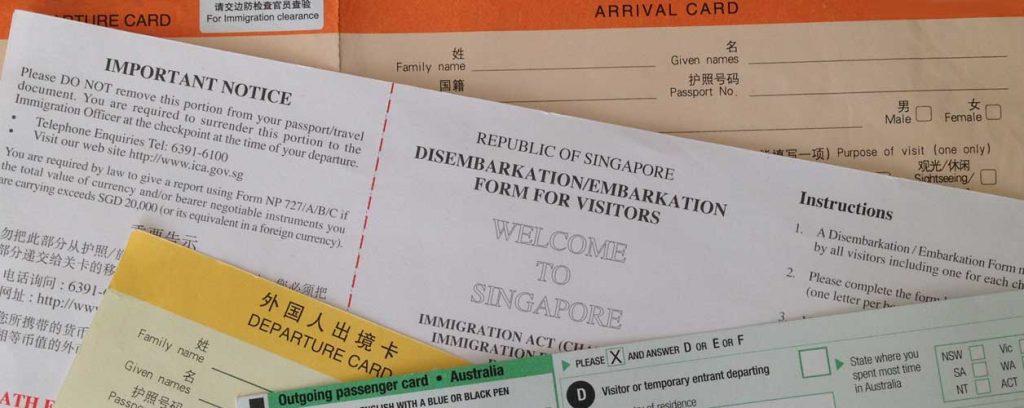
The Dust of Two Deserts
June 22, 2017(part 6 of 6. In transit) back to the airport (see part 2 "The Nearly Terminal”) 126 .. Travelling light means that I carry just two pairs of shoes (a lightweight black leather business pair and a pair of comfortable running shoes)* * After shooting video in both the Nevada and Gobi deserts, my runners were coated with multiple layers of fine dust. Trekking over a mountain to a remote Chinese village, rinsed them clean! 127 .. Commemorate your trip with photographs, but be selective. You have a large capacity analogue storage device in your head. It is preferable to remember, rather than abdicate in favour of a digital recording, or isolate yourself by constantly viewing your surroundings via a screen 128 .. Breathe. If you can't change it, or work around it, just chill and accept it! There is no point having a heart attack over a long delay or even a 24 hour flight postponement. Attempt other routings or transport options. However, if none can be found, utilise the extra time to relax or explore some local hospitality. Enjoy the experience This six part Frequent Flyer series: "The Itinerant Itinerary" (Frequent Flyer, part 1 of 6. Logistics) "The Vacuum Pack" (Frequent Flyer, part 2 of 6. In preparation) "The Nearly Terminal" (Frequent Flyer, part 3 of 6. Before departure) "The Forty Hour Wednesday" (Frequent Flyer, part 4 of 6. In the air) "A Degree in Airports" (Frequent Flyer, part 5 of 6. Upon arrival) "The Dust of Two Deserts" (Frequent Flyer, part 6 of 6. In transit) ============================== Reference links: Accor Hotels Airfare Watchdog Air France Aman Resorts AmEx Airlines Reporting Corporation Australia Post debit cards AusTrade Cathay Pacific China Air China Eastern China Southern CTrip.com Datashur Delta DragonAir DuckDuckGo (search engine) Electronic System for Travel Authorization (ESTA) Emirates Exchange Rates Expedia ExpressVPN FareCompare Four Seasons Hotels & Resorts Google Flights HHonours Hyatt Hotels Intercontinental Hotels JAL JCB Jet Lag Rooster Kayak Kempinski Last Minute Malaysian Airways Mandarin Oriental Marriott MasterCard Millennium Hotels Omni Hotels & Resorts OneWorld Opera (browser) QANTAS Shangri-La Hotels & Resorts Singapore Airlines Skyteam Smart Traveller Star Alliance Starwood Hotels & Resorts Taj Hotels Thai Airways Uber UnionPay United Airlines US State Department (passports & travel) US State Department (Smart Traveler) US State Department (travel alerts) US State Department (travel documents) Visa Card Visa Waiver Program (VWP) -
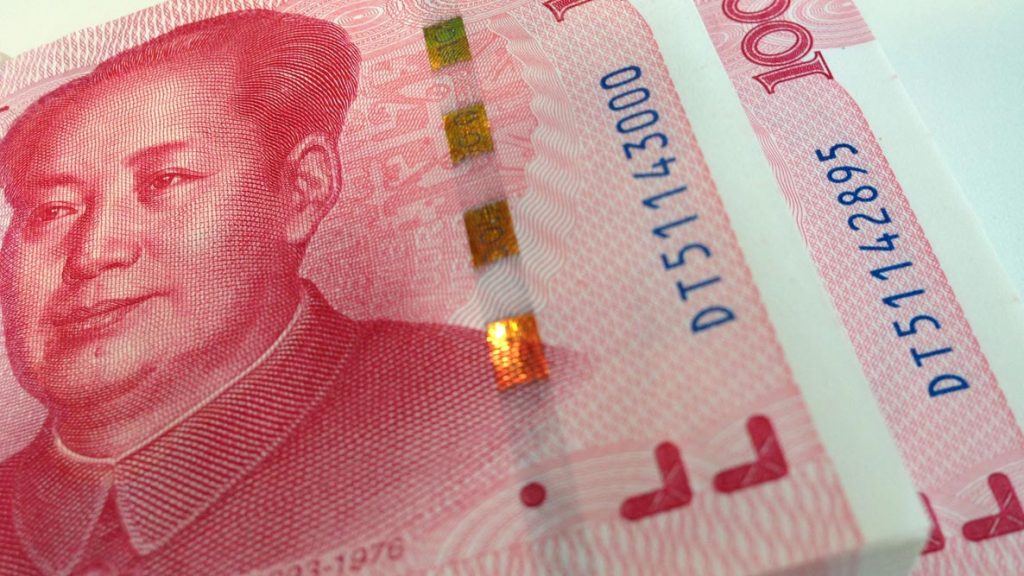
Consumption economy
November 10, 2016Thirty years ago; on my first visit to China; 'Mao suits' were commonplace; bicycles - a ubiquitous conveyance; denim - a rarity and a fashion statement. In those days, the only place foreigners were permitted to shop for consumer goods were Friendship Stores, which accepted USD and gave change in FECs (foreign exchange certificates), which could be spent only in Friendship Stores! While, for over a decade, Hong Kong had maintained the world's highest ownership of luxury cars per head of population, in 1986, European brands were still a rarity in China. The transition to 'a market economy with Chinese characteristics' has changed all that. The massive internal migration to the cities, dramatic growth as the world's manufacturer (iPhone packaging may say "designed in Cupertino", but the products are assembled in China), and rapid expansion of disposable income, has revolutionised the country far more than the cadres of 1949 could have ever imagined. Today, on Shanghai streets, there is a highly visible presence of Bentley, Ferrari, Maserati and Maybach cars. A walk through the Sun Hung Kai Properties owned Shanghai IFC Mall; (above which I work); reveals a 'shopping list' of the world's luxury brands (considerably abbreviated here):- Armani
- Bally
- Bulgari
- Cartier
- Celine
- Chanel
- Coach
- Chopard
- DeBeers
- Dior
- Ermenegildo Zegna
- Givenchy
- Gucci
- Hermes
- IWC Shaffhausen
- Lanvin
- Louis Vuitton
- Mikimoto
- Mont Blanc
- Prada
- Rolex
- Salvatore Ferragamo
- Tiffany & Co.
- Vacheron Constantin
- Van Cleef & Arpels